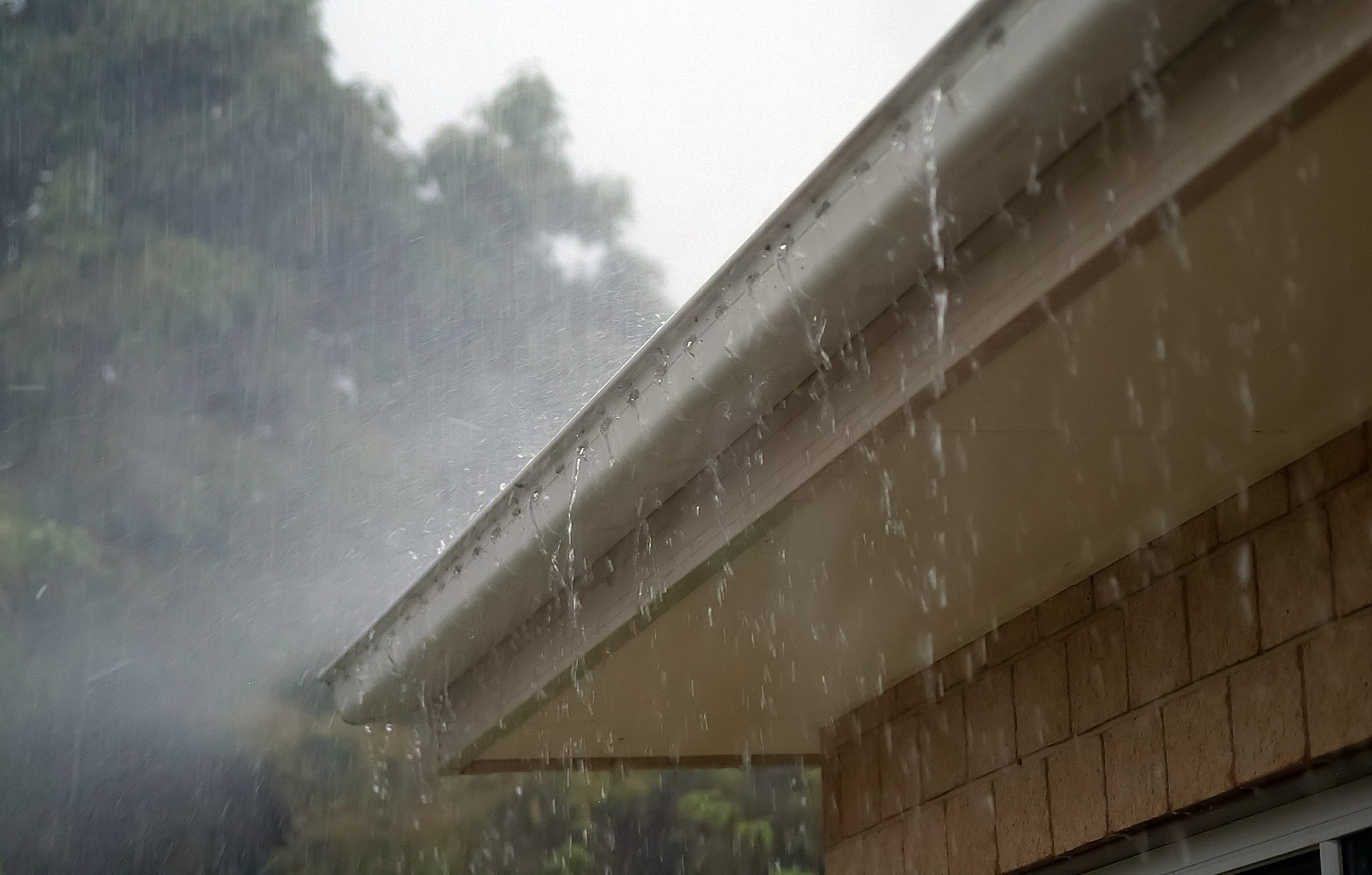
Painting Gutters, Fascia and Downpipes
Painting Gutters, Fascia and Downpipes in order to keep your house looking good is a must as they as a whole play a major role with the roof.
The Roof is a central element of the house. It connects all the indoor space beneath it into a single property, shielding everything and everyone inside from the elements. You might think of a roof as a giant thing “up there” but it’s actually got all sorts of parts that make it work, especially when it comes to draining water.
Gutters, fascia and downpipes are three parts that keep moisture out and channel it away from the house. They can all be made of Colorbond metal but we’ve seen interesting variations on the idea, such as fascia made out of timber.
In any case, depending on the local climate, they can be in constant contact with water, which can make them rust and rot. By applying a coat of protective paint on gutters, fascia and downpipes, they can last longer and also look much prettier, which increases the property’s resale value.
How do you prepare gutters for painting?
Preparing gutters for paint is not as easy as it sounds. Once you have managed to get up there, you’ll want to look for signs of peeling, wear and rust and address those spots in particular. The goal is to clean the gutters to make sure as much of the new paint sticks on them. Using a few chemicals combined with sugar soap to remove debris and sanding to clean out rust; as well as power washing, it is a must.
In extreme scenarions, stripping may be required to get rid of the old coat, using various tools & knives, making sure metal does not get scratched. Moving nice and slowly whilst trying to get as much of the old paint off is key. different rags & chemicals are needed and a specific process is in place here. The end result is a gutter surface that’s perfectly smooth to the touch.
Sealing, priming and painting gutters
The gutters have to be completely dry before applying gutter sealant on places where they join with downpipes. If your gutters don’t have these joints, then the priming phase begins. Using painter’s tape and pieces of cardboard to protect the house from splashing paint. Oil-based primers are ideal at preventing rust, which is the most devastating source of damage for gutters.
Brand-new steel gutters sport a thin coating of chemicals that’s a byproduct of metal production. Washing it off using some warm water and a mild detergent before painting is a must or the paint won’t stick as it should, which will then lead to scrubbing it with the right tools before applying the primer.
Depending on the size of the project, Paintbrushing, using a roller or an airless sprayer will be the next step to prime the gutters. We make sure everything is done by the book, by doing a thin coat so the paint doesn’t roll off of it and let sit for 1-2 hours, which will then lead to the next stage, which is applying paint in colour that matches the rest of your roof and let sit for 2-4 hours.
Fascia painting
Fascia is the part of the roof that joins the top side with the underside (soffit). Together, the overhanging part of the roof is called “eaves”. Fascia supports the bottom-most row of roof tiles and the gutters. Fascia always need TLC as well, and this is how we do it. A fascia can be made out of Colorbond metal, aluminium, timber or vinyl, which is mostly determined by the local climate.
You should plan to paint fascia every 5-6 years and always during dry weather. We Start off by cleaning the fascia of debris, using various chemicals to make sure we remove mould, mildew and other surface contaminants, if any. Depending on the case, we could use a pressure washer. When we do use the pressure washer we remove the gutters.
An aluminium fascia that’s been freshly installed is extremely difficult to paint correctly, hence why a professional is a must. It will have the same byproduct chemical coating on the metal as gutters but it won’t be as easy to remove, if not done correctly this could result into a nightmare.
Dealing with timber fascia
Generally speaking when the fascia is timber, it should feel firm under pressure; if it isn’t, then the board is rotten and needs to be replaced. We make sure the process of painting a Colorbond fascia is done correctly, and make sure all the fine touches are covered. A wooden fascia will also need some wood filler and sanding to even out the surface. If all of this sounds too complicated don’t hesitate to contact a professional. Many companies out there tend to paint over damages, not us!
Downpipe painting
You know the drill by now: clean, scrape and prep the downpipes before applying a primer and paint. However, there are nuances depending on the material. Cast-iron downpipes should be checked regularly for rust; if rust sets in, you’ll have a hard time getting it out. A rust-inhibiting primer is a must but there’s no specific paint that works best.
Downpipe colours should be made to match whichever part of the house they are closest to. If close to the siding, they should match the siding colour; if close to the trim, they should match the trim colour. If downpipes are equally close to the siding and the trim, then it’s your call. However, we advise the downpipe colour matches that of a decorated trim, such as the one on a heritage house, since it would be a shame to go against it.
Backs of downpipes are impossible to paint while they are on the house. Leaving them up while painting their backs can leave nasty paint streaks on the siding of your building, hence why we dismantle them in order to make them just right.
What kind of paint do you use on gutters?
Dulux Roof & Trim Semi Gloss is a water-based, 100% acrylic paint that comes with up to a 15-year warranty and UV protection, all while being safe for the collection of drinking water. Applicable on the entire trim and available in a range of popular factory-packaged Colorbond colours, Dulux offers high-performance colour durability.
A gutter can also be made out of aluminium, and this is also another very complex process, so if you are willing to do a DIY, do lots of research before committing to it, otherwise call a professional.
Aluminium gutters are cheaper and more durable than steel, making them the metal of choice. For example, a steel gutter might last for 5 years, compared to aluminium’s 30, and cost three times as much. The metal itself is pliable enough that it requires no soldering or complicated procedures to join the pieces.
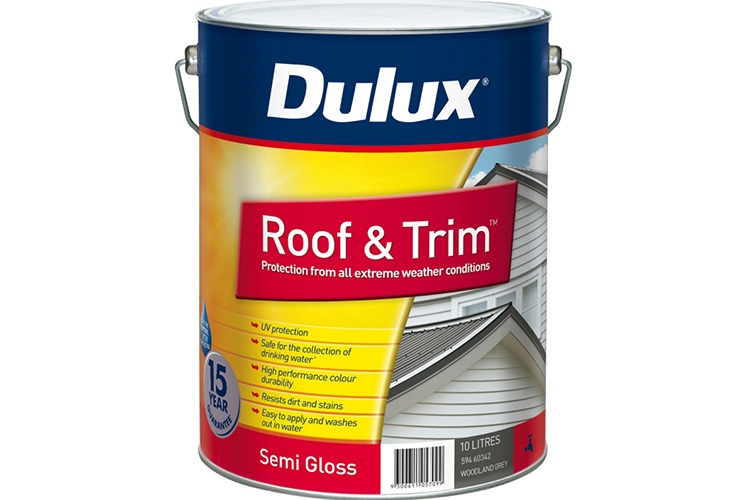
Oil vs water-based primers and paints
It is said that water and oil don’t mix, and that holds true for primers and paints as well. There is a bit of mix-and-match science here so bear with us a bit. All primers have the purpose of creating a tighter bond between the paint and the surface. They actually save money and time that would otherwise be wasted on applying several coats of paint.
In general, primers work best when they match the paint: oil with oil, water with water and latex with latex but there’s some leeway here. Most modern primers are water-based, which means they dry very quickly, and can also work with acrylic and latex paints. Oil-based primers are suitable for enamel paints, which are hardier and meant for surfaces exposed to the elements.
Water-based paints release little to no VOC (volatile organic compounds), which may cause irritation, fatigue and allergic reactions in humans. They do dry quickly, allowing you to apply two coatings a day and clean easily, using nothing more than soap and water. However, they are less permanent than oil-based paints and may pool, making them hard to apply for laymen.
The biggest downside of oil-based paints is that they are harder to clean, mostly requiring turpentine or mineral oils. Still, they do provide a smooth, hardy finish that’s hard to match by any other type of paint. These paints dry slowly but have an amazing, glossy appearance that make the favourite kind of paint, despite their slightly higher concentration of VOC.
Should fascia be the same colour as gutter?
No, unless gutters are hidden. Fascia is the part of the roof with the most curb appeal, meaning it should pop out and contrast the gutters rather than blending in with them. However, gutters can be hidden from view, in which case you have a licence to do as you please. Gutters can also be made out of copper, which is never painted and actually gets more pizzazz as it ages.
Customers who repaint roofs will often ask about painting their gutters, fascia, and downpipes to match the new colour scheme of their roof. Depending on the condition of the current paint coating, different surface prep and primers may be required. If existing coatings are oil-based enamel, rigorous prep such as sanding and special primers may be required as most roof paints such as the one from Premier roof coatings and Dulux are acrylic, and it’s not advised to paint acrylic straight over oil-based paint.
Choosing the best colour combination
The colour of the fascia and gutters can accentuate the natural beauty of the roofing material or it can outline the trim. Just be aware that you have so many options and there’s no rush to commit too quickly. If you’re still grasping for inspiration, take a stroll down the street until you find a house with a pleasing colour combination and try to pinpoint why it works.
Consider the local restrictions on colours and how your choice fits with the windows and siding. Finally, nothing beats an actual colour comparison. You can use colour swatches to see what it would look like or look at large samples of the material in the sun when you visit the supplier. Keep in mind that darker colours will look better for longer compared to lighter colours.
In general, gutters, fascia and downpipes should be painted every few years. You’ll know it’s time for a fresh coat of paint when you notice that your house exterior has started looking dull and washed out. That’s when you should start preparing for the exterior makeover. The longer you delay it, the more work you’ll have to put in once you actually decide to do it.
Choosing the best Colorbond colour
If you’re ready for a complete house makeover, you can go with Colorbond pre-painted roofs and roof elements. The “Colorbond steel Online Centre Colour Visualiser” is an online tool that gives you several realistic building images and lets you tinker with colours of their trims, gutters and so on. The tool will also recommend colours depending on whether the house is near the ocean and whether the sea is generally calm or produces surf but you can choose whatever you see fit.
With 168 named colours to choose from, you are guaranteed a virtually infinite number of combinations, one of which is waiting for you and your house. There is a unique colour combination for everyone, made just so it can turn their home gorgeous and endearing at first sight.
Vivify Roofing comprehensive roofcare
Roofing is an industry filled with cowboys and rogue operators that want to get the job done, take the money and run, leaving you to fix their shoddy work. You can learn to paint your gutters, fascia and downpipes yourself or call the experts with a proven track record.
We believe transparency is the best remedy for such a state of affairs and that having more choices always results in more happiness. That’s why we strive to share information and our roofing expertise with you, raising the standard of roofcare. The quality of our roofcare is easily seen—up there.
Painting gutters, fascia, and downpipes is only a part of Vivify Roofing roofcare. From inspection to restoration and everything in between, we are here to bring the best out of roofs big and small. Get involved with your building’s roofcare and put forward small, daily efforts to make your roof positively shine. Start by getting in touch with us and asking a roofcare question; we’ll build it from there.

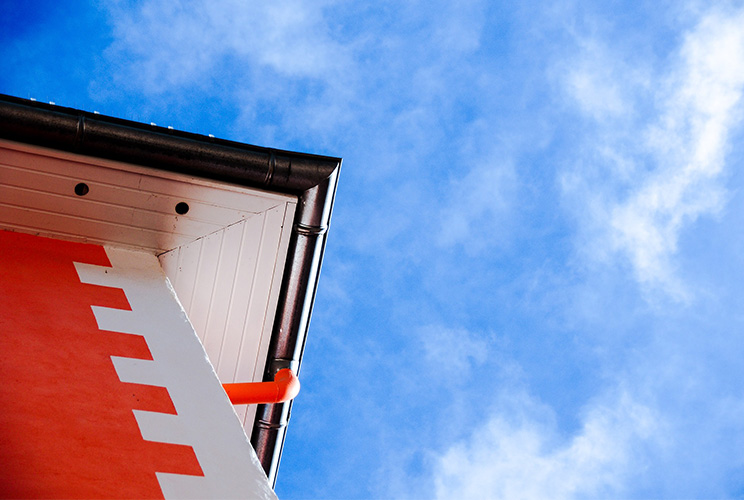
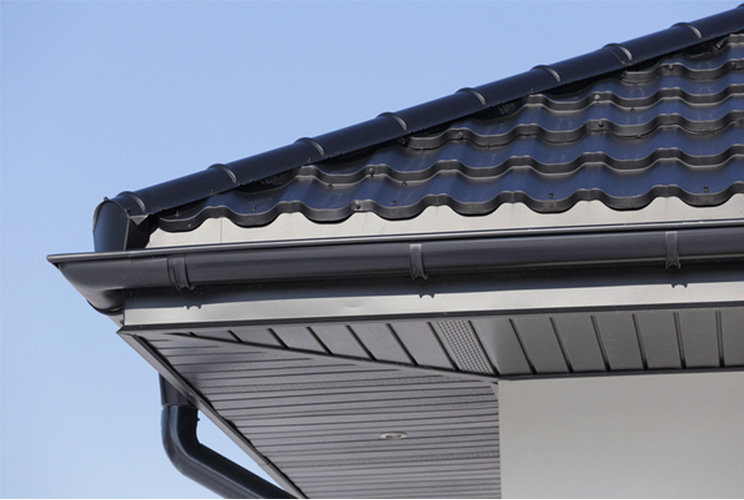
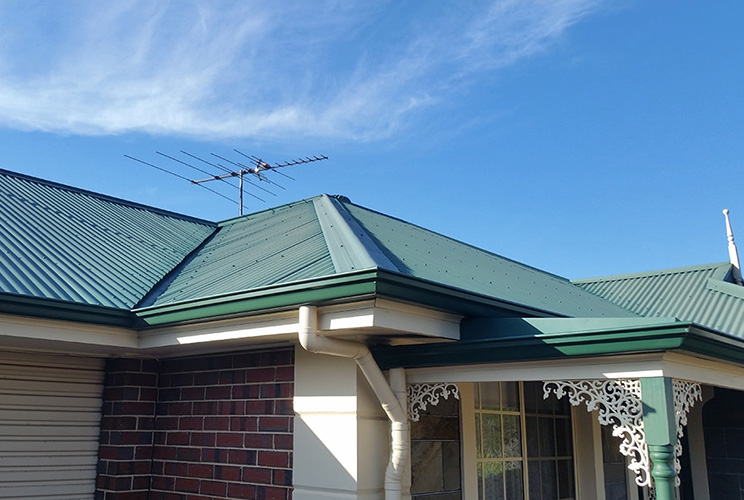
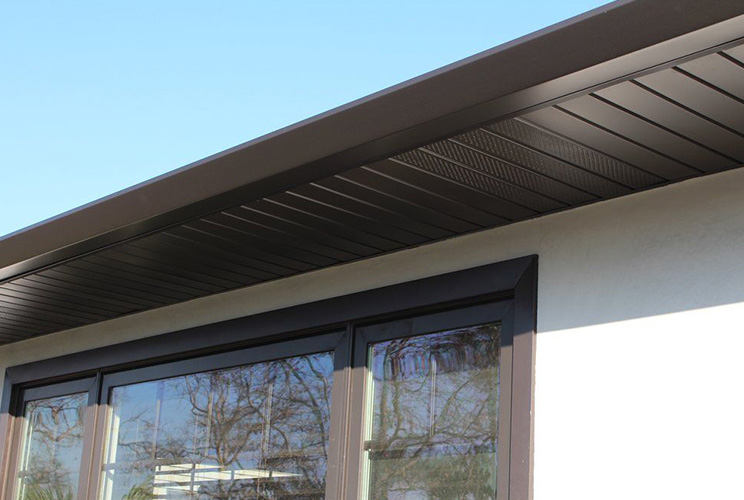
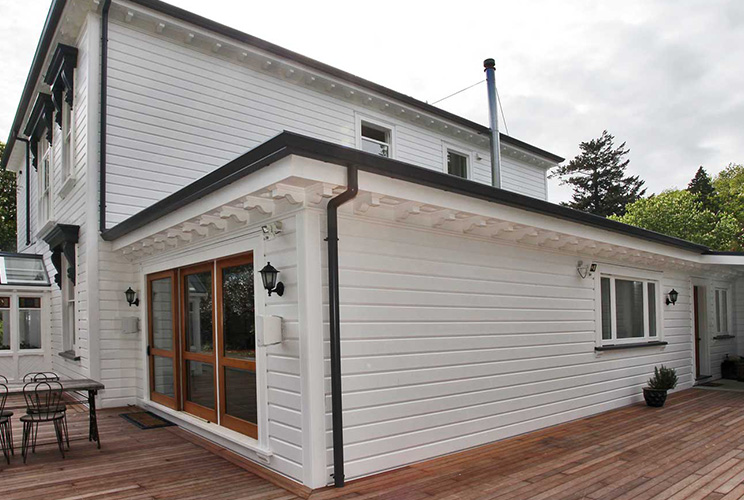



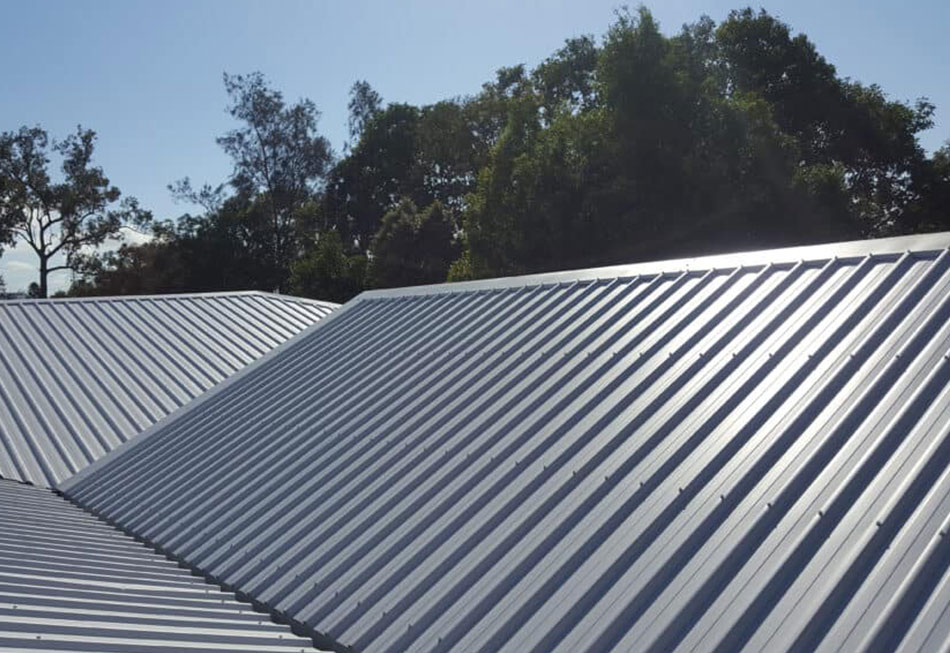
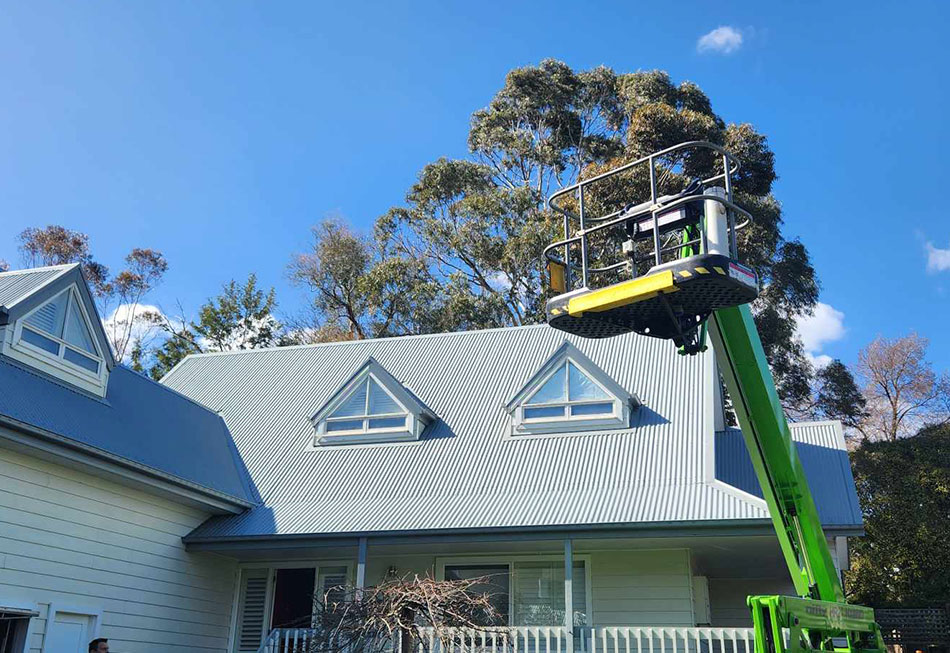
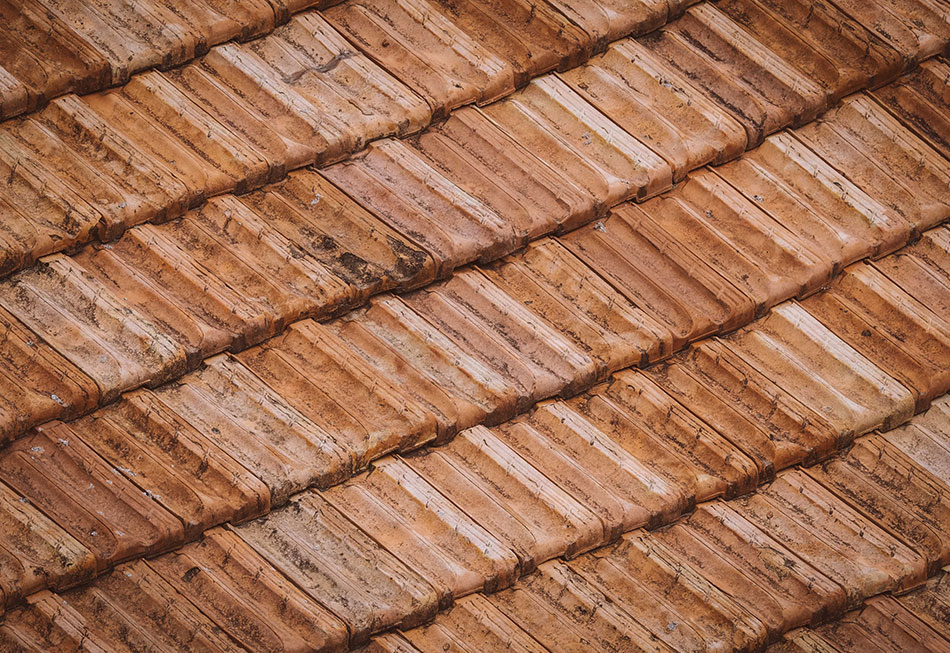

This Post Has 0 Comments